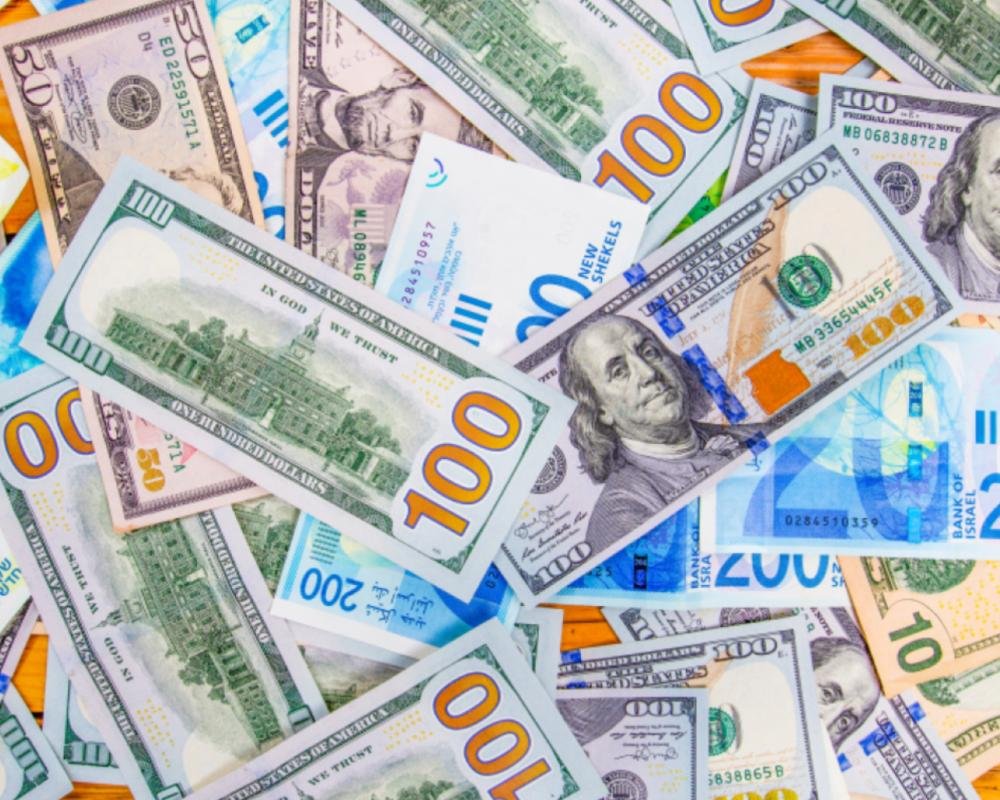Ramallah / PNN /
The Palestinian Monetary Authority (PMA) announced it is studying the possibility of adopting a currency other than the Israeli shekel as the primary medium of exchange in the occupied Palestinian territories. However, it did not specify an alternative currency or a timeline for implementation.
The move is part of efforts to address the growing problem of shekel accumulation in Palestinian banks, especially as Israel continues to refuse to accept the surplus currency from Palestinian financial institutions. One US dollar currently equals approximately 3.45 shekels.
In recent weeks, the shekel surplus crisis has intensified to the point where many banks stopped accepting cash deposits in the currency. The PMA, which functions as a central bank, subsequently stepped in, directing banks to accept deposits under defined conditions.
This is not the first time Palestinian officials have threatened to phase out the use of the shekel. In February 2018, under former Prime Minister Rami Hamdallah, the Palestinian Cabinet announced the formation of a special committee to study replacing the shekel with another currency, including the potential use of digital currency. However, no results were made public.
A year later, shortly after taking office, former Prime Minister Mohammad Shtayyeh floated the idea of launching a national or electronic currency. Yet, after five years in office, the proposal remained unimplemented due to both political and logistical challenges.
Under the 1994 Paris Economic Protocol signed between the Palestine Liberation Organization (PLO) and Israel, the currencies legally allowed for circulation in the Palestinian territories are the Israeli shekel, the US dollar, the Jordanian dinar, and the euro. Among these, the shekel remains the most widely used, dominating everyday transactions for goods and services.
According to the PMA, the inability to transfer physical shekels—both banknotes and coins—to Israeli banks due to Israeli-imposed caps and restrictions has led to severe limitations on commercial transactions with Israel.
Palestinian exports to Israel account for around 85% of total exports, while direct imports from Israel make up about 55% of overall imports, including essential goods and services such as electricity, water, fuel, and food. All these transactions are carried out in shekels. The PMA estimates that average annual financial operations in shekels amount to around 50 billion (roughly $14.5 billion).
Commenting on the feasibility of implementing an alternative currency, economist and academic Professor Tareq Al-Haj said the move is “theoretically possible,” but fraught with political and legal obstacles.
He noted that the Paris Protocol, originally intended as a temporary five-year agreement (1994–1999), effectively became permanent and included the PLO’s acceptance of the shekel as Palestine’s official currency.
“Theoretically, replacing the shekel with another currency—such as the US dollar or Jordanian dinar—is possible,” Al-Haj explained. “But practically, such a move requires a political decision, not one solely from the PMA.”
Under the Paris accords, Palestinians remain within Israel’s economic and customs envelope, meaning the movement of goods, services, people, and capital must receive Israeli approval through crossings it controls.
Al-Haj pointed out that adopting a new currency would involve more than just replacing banknotes. It would also require access to coinage for daily transactions—something that may prove impossible under current Israeli restrictions.
“For example, Israel has blocked the transfer of Jordanian dinar banknotes to the West Bank for years, causing a shortage. So how would it allow the import of coins?” he asked rhetorically. He concluded that Israel would not permit such a transition without a significant political agreement.
Al-Haj added that Israel would be economically affected by any shift away from the shekel, as about one-third of its users are Palestinian. “The more a currency circulates, the more profitable it becomes for the issuing state.”
Still, significant obstacles remain, including that the Palestinian government budget and tax exemptions are calculated in shekels.
Many official institutions use the dinar for pricing but accept payments in shekels, entrenching its use in official dealings.
In summary, Al-Haj said that while the PMA could theoretically adopt a new currency, implementation would hinge on political will and legal mechanisms. He also warned that Israel could block the physical import of any alternative currency, such as dinars from Jordan or dollars from the United States—both of which require Israeli approval and involve high logistical costs.

